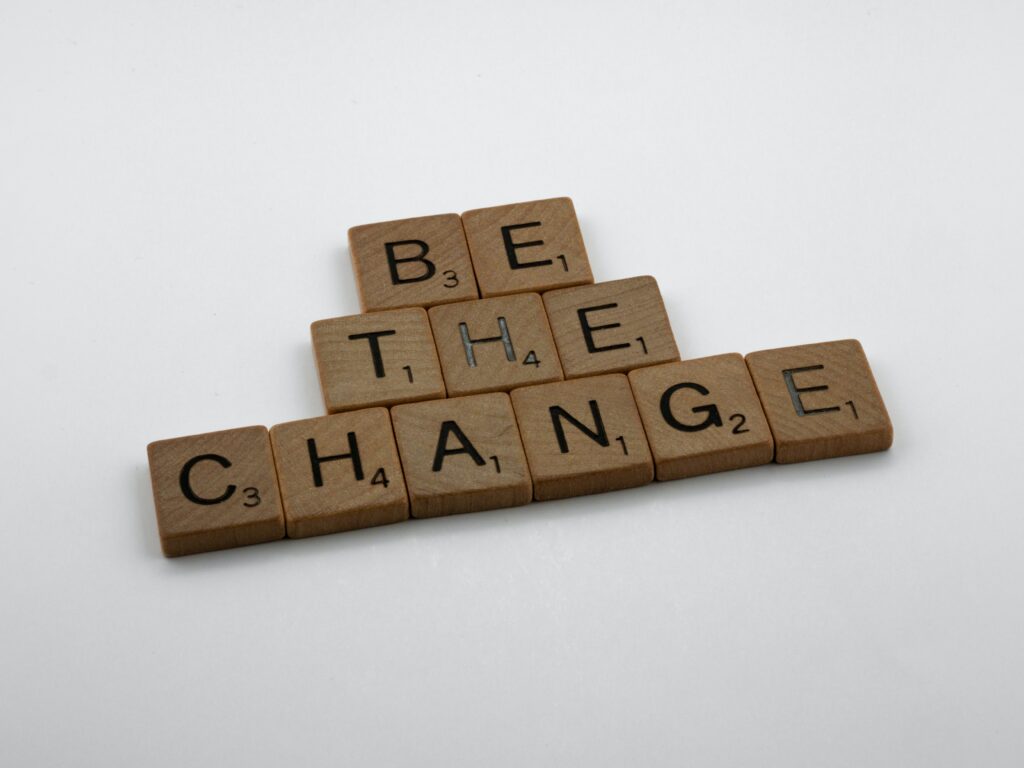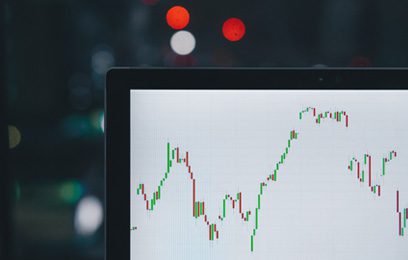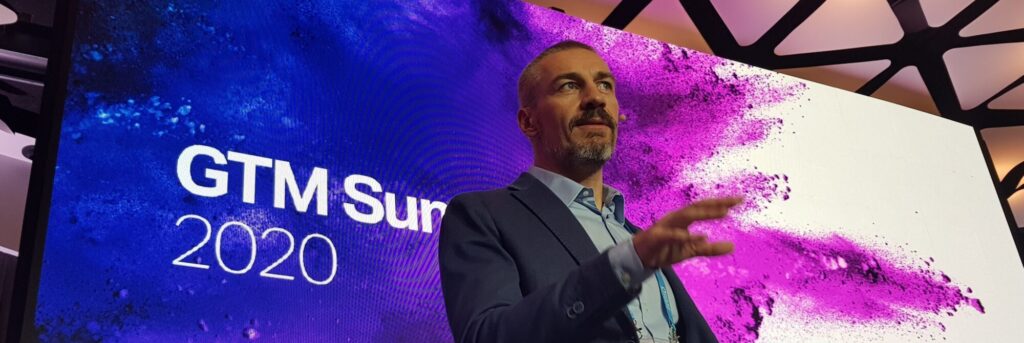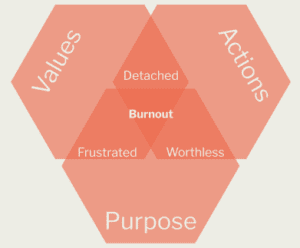
Diversity, Equity, And Inclusion For Successful Leadership
1. Defining Diversity, Equity, And Inclusion (DE&I)
The idea of diversity in the workplace is borrowed from biology and the natural world. An ecosystem that is biodiverse is productive, resilient and able to support life. It is one where every species, no matter how small, has a crucial role to play.
Within the workplace, diversity equates to who is represented within the workforce on a number of dimensions such as age, gender, race/ethnicity and cultural background, sexual orientation, disability and, increasingly, neurodivergence. In line with the natural world analogy, we could argue that a diverse workforce, with its individual differences and specificities is key to a productive, innovative and resilient business. Being tangible and well defined, diversity within an organisation is easily measured, benchmarked and tracked.
A closely related concept to diversity is equity, which is the fair treatment of individuals so that norms, policies and practices within the workplace ensure that the factors that characterise diversity are not predictive of opportunities and outcomes. Equity is different to equality as it takes into account every person’s individual circumstances and needs when dictating practices and social norms. Equality, on the other hand, assumes the same treatment for everyone which is not, by definition, always equitable.
Perhaps the most important and debated term in the DE&I acronym is the notion of inclusion. In contrast to diversity which merely reflects the composition of the workforce and can be easily measured, inclusion refers to how the workplace is experienced internally by employees, in particular in relation to their sense of belonging and ability to make a meaningful contribution.
The evolution of these three terms in the business and management discourse over the past four decades tells an interesting story about how perceptions of their role and importance have changed. According to a literature review conducted by Garg and Sangwan (2020), there was no explicit mention of the term diversity within business literature before the late 1980s. The following decade, however, saw a sharp rise in interest in the concept of diversity; crucially, this was born out of problematising differences across employees and proposing approaches to managing them rather than leveraging their value. In 2002 in their book “The Inclusion Breakthrough – unleashing the power of diversity” for the first time Miller and Kats explicitly argue for the power of diversity and inclusion to create real gains within businesses and, therefore, for a need for both concepts to be at the heart of every business’ culture.
However, it was not until around 2010 that inclusion (or inclusivity) emerged as a key term within literature. This represented a marked shift in focus, from the characteristics of the employee (diversity) to the characteristics of the workplace where they operate its environment and, ultimately, culture (inclusion).
2. Diversity, Equity, And Inclusion – Where Are We At?
Aggregate figures from businesses across the globe tell us that, although there have been improvements over time in terms of the composition and representativeness of the workforce, there is still substantial work to do. Data from McKinsey’s “Diversity Matters” report highlights that in 2015 women remained underrepresented at the top of corporations globally, making up an average of just 16% of executive teams in the United States, 12% in the United Kingdom, and 6%in Brazil . The United Kingdom did comparatively better in racial diversity, albeit at a low level: 78% of UK companies had senior-leadership teams that failed to reflect the demographic composition of the country’s labor force and population, compared with 91% for Brazil and 97% for the United States.
More recent findings from McKinsey’s “Women in the workplace 2023” estimates that in the US, although women’s representation in the corporate pipeline (the journey an employee might take from starting as an entry-level worker to advancing to a spot in the C-suite) has increased in the past five years, only 28% of members of C-suites are female, with women of color in particular remaining significantly underrepresented in leadership (6%). Here intersectionality (the convergence of more than one diversity dimension) plays a significant role in determining underrepresentation.
Figures on inclusiveness in the workplace paint a similar picture. Another survey of over 1,800 corporate US workers conducted by McKinsey in 2020 shows that although respondents of all backgrounds encounter barriers to feeling included, women, respondents who are from ethnic and racial minorities and those who identify as LGBTQ+ have additional challenges. Overall, 84% of respondents report experiencing microaggressions at work such as needing to correct others’ assumptions about their personal lives. High proportions of respondents have experienced everyday acts of disrespect rooted in bias, such as not receiving credit for their ideas, being asked to speak as a representative for a group of people like themselves, or being coached to communicate in a way that feels inauthentic.
When it comes to how specific groups are experiencing inclusion, 37% of LGBTQ+ respondents state they have had an uncomfortable experience coming out to colleagues in the preceding month. Among respondents from racial or ethnic minorities, 40% of those who indicated they have discussed identity-related issues at work in the preceding month say they have felt at least slightly uncomfortable in those situations. As well as experiencing issues of inclusion more strongly, these groups are also more likely to believe that their employers are paying too little attention to increasing DE&I efforts and work than their counterparts, while, at the same time, valuing the impact of DE&I work more.
A recent study conducted at the beginning of 2023 by Pewresearch, for instance, showed that employees from black minorities are more likely than any other ethnic and racial group to embrace these views. This is key, as it suggests that although efforts to increase DE&I within the workplace are likely to positively affect all employees, for certain groups this has to be at the very heart of a strategy for retention and engagement.
3. The Value Of Diversity, Equity, And Inclusion Within The Workplace
The case for DE&I within the workplace beyond legal compliance and a mere box ticking exercise has been explored by research within the past decade. While a social justice argument to support DE&I within businesses is legitimate and, arguably, sufficient, there is evidence that a diverse workforce also has a tangible value by positively affecting financial performance.
Global data on diversity collected by McKinsey between 2015 and 2019 (“Diversity Wins – How inclusion matters”, 2020) representing more than 1,000 companies across 15 countries shows that there is a clear correlation between diversity at leadership level and profit. The analysis finds that in 2019, companies in the top-quartile for gender diversity in executive teams were 25% more likely to show above-average profitability than companies in the fourth-quartile (up from 21% and 15% in 2017 and 2014 respectively). It also found that the greater the degree of diversity, the higher the likelihood of outperformance. The relationship is even stronger when it comes to diversity in ethnicity and race, where the top-quartile companies outperformed those in the fourth-quartile one by 36% in profitability.
Within its body of work on DE&I, McKinsey argue diversity improves performance through increasing chances of attracting and retaining top performers, particularly amongst Gen Z and Millennials for whom it is increasingly an essential feature of their ideal workplace; it is also seen as improving the quality of decision making through increasing access to a greater variety of views and opinions, thereby enhancing problem solving skills, creativity and vision. In turn, this increases resilience in times of crisis. Moreover, greater representation of certain groups is likely to yield better customer insight and innovation. Perhaps most importantly, if coupled with a sense of inclusion, diversity can be linked to a strong sense of employee motivation and satisfaction.
But is diversity in itself enough to create positive outcomes for a business? Is a more representative and represented workforce truly enough to guarantee success or is a more substantial and systemic change needed?
In their article “Getting serious about diversity – enough already with the business case” Professor Robin J. Ely and David A. Thomas argue that inclusion is the answer to this question more than diversity itself. While a data-led approach that benchmarks and tracks diversity in all its forms and through a variety of indicators is important, the notion that merely increasing diversity (labeled as an “add and stir” approach) automatically improves financial performance is misleading. According to the authors, unless individuals feel heard, genuinely valued for their differences, and trust that they are able to meaningfully contribute to discussions and decision making processes within the workplace, putting a diverse group of people together may, in fact, create tensions and misunderstandings. Therefore a notion of inclusion that is underpinned by genuine inquiry, egalitarianism and learning is what is likely to make a difference.
4. How Can Businesses Successfully Implement A DE&I Strategy?
In Episodes 5 & 6 of The Hive’s ‘Beeline – lead the way’ podcast series, Nadya Powell, founder of Inclusion Culture Change business Utopia, spells out what her main takeaways are from having helped countless businesses including Coca Cola, Google, P&G and Spotify plan and implement successful system and process changes to support a diverse, inclusive and, therefore, thriving workplace. Interestingly, some of her points echo Ely & Thomas’ argument.
In particular, DE&I work that is sustainable, meaningful, and impactful starts from culture change and is, ideally, rooted in purpose. This can take time, as, in Nadya’s words, “you have to go at the pace of the slowest person in the room” in order to make sure everyone is, and stays, on board.
Moreover, as with any culture change process, this has to start by engaging leaders first. Combatting forms of discrimination and subordination from the least to the most overt ones, as well as embracing different cultural norms, is a process that needs to be understood and led by example from the top in order to have a chance of succeeding.
5. What Are The Most Important Traits Of Inclusive Leaders?
If solid Diversity, Equity and Inclusion work starts from culture change, what are the implications for our leaders? Where do we start when it comes to preparing them for creating a more diverse, equitable, and ultimately inclusive workplace for their teams?
A study conducted by Sherbin & Ripa (2017) on the main levers of inclusion found that an inclusive leadership style is characterised by six behaviours:
- ensuring that team members speak up and are heard;
- making it safe to propose new ideas;
- empowering team members to make decisions;
- taking advice and implementing feedback;
- giving actionable feedback; and
- sharing credit for team success.
The study shows that leaders who display these traits are likely to be successful when it comes to creating an inclusive environment.
Amongst employees surveyed, who identified at least three of these traits within their team leader:
- 87% say they feel welcome and included in their team;
- 87% say they feel free to express their views and opinions; and
- 74% say they feel that their ideas are heard and recognised.
For respondents who reported that their team leader has none of these traits, those percentages drop to 51%, 46%, and 37%, respectively.
These six identified behaviours are a useful starting point when devising a toolkit for inclusive leaders. However, our experience at The Hive tells us that there are a number of key competencies that are essential for leaders to develop in order to support them.
5.1. Emotional And Cultural Intelligence In Diversity
Emotional Intelligence (EI) is the ability to understand and manage your own emotions as well as recognise and influence the emotions of those around you. It is made of four components, namely:
- self-awareness (understanding one’s own strengths and weaknesses and how your emotions may affect your performance and your team’s);
- self-management (managing your emotions in times of stress and maintaining a positive outlook);
- social awareness (empathy and the ability to recognise others’ emotions and the dynamics at play within an organisation); and
- relationship management (the ability to coach and mentor others and resolve conflict effectively).
Baum (2021) argues that for a DE&I strategy to be effective, individuals need to develop a certain level of emotional intelligence as a foundation. It is easy to see how this applies to leaders for whom the ability to understand and empathise with views that may be distant to their own is crucial, and so is the awareness of what feelings those views may be bringing up within themselves, and how they can be best managed.
Cultural Intelligence is a closely related concept that complements Emotional Intelligence. It is the ability to function effectively in different cultural settings and interactions. Cultural Intelligence is both underpinned by Emotional Intelligence (which allows us to recognise our own internal biases) and works alongside it to positively impact on leaders’ effectiveness (Batthy & Yasmin, 2017). Just like Emotional Intelligence, it is a fundamental trait of inclusive leaders.
5.2. Emotional Vulnerability In Diversity
Another key competency for leaders actively working to develop a more inclusive culture is emotional vulnerability. In her pioneering work on Wholehearted Leadership, researcher and sociologist Brenée Brown describes emotional vulnerability as being comfortable with the uncertainty and risk that emotional exposure may generate. Vulnerability is a skill that leaders can and should model. It equates to them not being afraid of sharing authentic parts of themselves so as to create trust and a safe space for employees to dialogue. Vulnerability is a fundamental component of transparent leadership which is open, and honest towards others; instead of hiding behind a facade of perfection, leaders who embrace their vulnerabilities inspire others to do the same, leading to stronger relationships and more productive teams. In this sense, if modeled, vulnerability becomes a cultural norm which by eliminating judgment and fostering empathy can, in turn, increase inclusion.
6. Conclusions
The discourse around Diversity, Equity, and Inclusion (DE&I) has seen a considerable shift in focus over the past twenty years, from merely problematising diversity and seeking to manage it, to recognising its value, with inclusion taking center stage in the last decade.
Although there is evidence that a higher degree of diversity within businesses, particularly at leadership level, correlates with above average financial performance, many experts argue that diversity alone is not enough and that creating an inclusive culture is the most effective strategy to tackle the problem, starting by engaging leaders.
At The Hive, our experience of helping organisations through culture change tells us that an inclusive culture not only accounts for diversity, but goes beyond it by accommodating and valuing the uniqueness of each individual.
In our “Teaming Better” program, we seamlessly integrate diversity and inclusion into culture and processes. We guide teams on how to leverage diverse perspectives and experiences to cultivate empathy and insight, ultimately leading to innovation and powerful breakthroughs.
Our culture programs help businesses to define and embed your vision, mission, and values across your organisation with DE&I at the core. We help organisations to better articulate their approach to inclusivity, and, more importantly, we ensure that the organisational culture is constructed using inclusive strategies, so people feel heard and feel that they actively contribute.
Finally, our leadership and management programs provide tools for leaders to embrace vulnerability when discussing diversity and inclusion. We emphasise openness to being influenced by others’ perspectives, with empathy being a core element in everything we do at The Hive. Recognising and valuing diverse perspectives, coupled with a willingness to be influenced by others’ experiences, can transform wild ideas into extraordinary, scalable innovations.
This is where, through the power of collective intelligence, we unlock the return on investment of organisations’ cultural, experience and knowledge capital.
References:
Baum, B, 2021, Diversity, Equity and Inclusion Policies: Are organisations truly committed to a workplace culture shift?
Batti, O, Yasmin, R 2017,, Impact of Leaders’ Emotional and Cultural Intelligence on Leadership Effectiveness: Mediating Role of Transformational Leadership
Ely, R, Thomas, D, 2020, Getting serious about diversity – enough already with the business case
Gary, S, Sangwan, S, 2020, Literature Review on Diversity and Inclusion at Workplace, 2010–2017, The Journal of Business Perspective
McKinsey, 2015, Diversity Matters
McKinsey, 2020, Diversity Wins – How inclusion matters
McKinsey, 2020, Understanding organisational barriers to a more inclusive workplace
McKinsey, 2023, Women in the workplace 2023
Pew Research Centre, 2023, Diversity, Equity and Inclusion in the Workplace
Sherbin, L, Rashid, R, 2017, Diversity doesn’t stick without inclusion













































